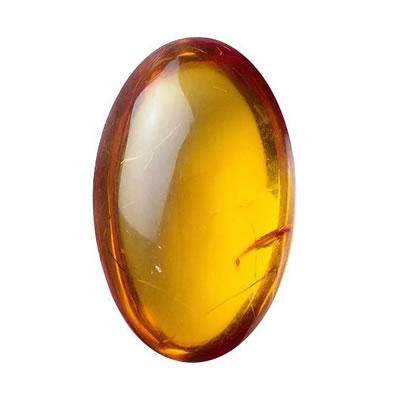Peridot

Peridot jewelry
Etymology and history
The name peridot most probably derives from the Arabic word "faridat" for gem. It's also called chrysolith (derived from the Greek word "goldstone") and olivine, because of its color and membership to the olivine group. The Oxford English Dictionary suggests an alteration of Anglo–Norman pedoretés (classical Latin pæderot-), a kind of opal. Peridot was mined in ancient Egypt on an island called Zeberget.
Peridot description
Peridot is one of the few gemstones that occur in only one color: basically an olive green. The intensity and tint of the green however depends on how much iron is contained in the crystal structure, so the color of individual peridot gems can vary from yellow-green through olive green to brownish green. The most valuable is considered a dark-olive green color. The largest cut peridot weighs 310 carats and was found in the island of Zabargad in Egypt. It is now on display in the Smithsonian Institution in Washington, D.C., keeping company with the Hope diamond.
Peridot in jewelry
Peridot can make a wonderful mineral for ornamental jewelry, if you are planning on wearing a piece that includes Peridot for everyday, you should reconsider. While high quality Peridot will last for generations, everyday wear especially with items such as rings, might not be the best choice, due to the fact that Peridot weathers extremely easy. You might want to consider a brooch, charm, earrings or a bracelet.
Occurrence
Peridot olivine is mined in North Carolina, Arizona on the San Carlos Reservation, Hawaii, Nevada, and New Mexico, in the US; and in Australia, Brazil, China, Kenya, Mexico, Myanmar (Burma), Norway, Pakistan, Saudi Arabia, South Africa, Sri Lanka, and Tanzania.
Talk to Our Jewelry Experts
Monday to Friday from 9AM to 5PM EST













